Molecular self-assembly is a process by which individual molecules spontaneously organize into ordered structures without the need for external guidance or control. This type of self-organization has become a key technology in the nanotechnology, as it allows for the precise control and manipulation of matter on the nanometer scale. Molecular self-assembly is particularly useful for creating complex and intricate structures that would be difficult or impossible to create using traditional manufacturing techniques. In molecular self-assembly, molecules interact with each other through various types of intermolecular forces, such as hydrogen bonding, electrostatic forces, and Van der Waals forces. These forces allow the molecules to recognize each other and form specific types of structures, such as nanostructures, nanowires, nanotubes, or nanorods. By controlling the interactions between molecules, researchers are able to design and build these complex structures with great precision. Molecular self-assembly is an important tool for creating nanoscale devices with multiple functionalities. For example, researchers have used molecular self-assembly to create nanorobots that can perform tasks such as drug delivery, sensing, and manipulation of nanomaterials. Molecular self-assembly has also been used to create nanoscale transistors, sensors, and logic gates, which can be used in a variety of applications in electronics and computing.

Thomas J Webster
Hebei University of Technology, United States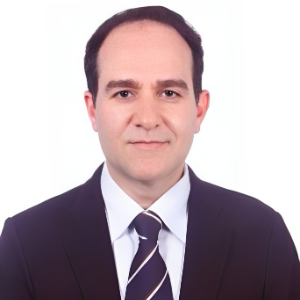
Hossein Hosseinkhani
Innovation Center for Advanced Technology, Matrix, Inc., United States
Hai Feng Ji
Drexel University, United States
Paulo Cesar De Morais
Catholic University of Brasilia, Brazil
Azzedine Bensalem
Long Island University, United States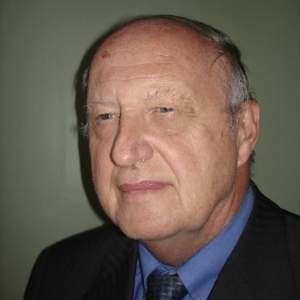
Robert Buenker
Wuppertal University, Germany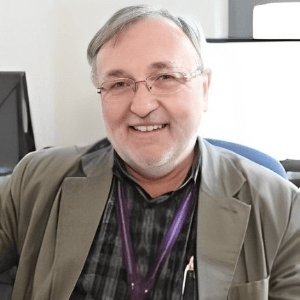
Rafal Kozubski
Jagiellonian University in Krakow, Poland
Sylwia Wcislik
Kielce University of Technology, Poland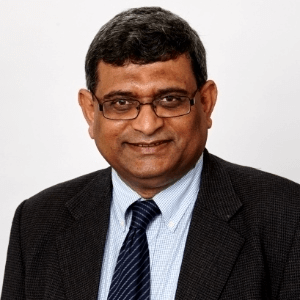
Raman Singh
Monash University-Clayton Campus, Australia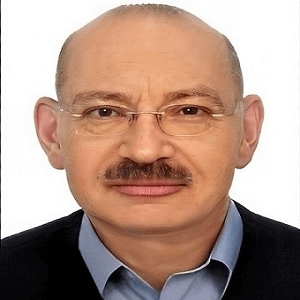


Title : Circumventing challenges in developing CVD graphene coating on mild steel: A disruptive approach to remarkable/durable corrosion resistance
Raman Singh, Monash University-Clayton Campus, Australia
Title : Highlighting recent advancements in electromagnetic field subwavelength tailoring using nanoparticle resonant light scattering and related topics
Michael I Tribelsky, Moscow State University, Russian Federation
Title : The impact of nanomedicine: 30,000 orthopedic nano implants with no failures and still counting
Thomas J Webster, Hebei University of Technology, United States
Title : Logistic-modified mathematical model for tumor growth treated with nanosized cargo delivery system
Paulo Cesar De Morais, Catholic University of Brasilia, Brazil
Title : Current and future of red and black phosphorus nanomaterials
Hai Feng Ji, Drexel University, United States
Title : Azodye photoaligned nanolayers for liquid crystal: New trends
Vladimir G Chigrinov, Hong Kong University of Science and Technology, Hong Kong
Title : Atomistic simulation of chemical ordering phenomena in nanostructured intermetallics
Rafal Kozubski, Jagiellonian University in Krakow, Poland
Title : The enhanced cytotoxic effect of curcumin on leukemic stem cells via CD123-targeted nanoparticles
Wariya Nirachonkul, Chiang Mai University, Thailand
Title : Efficiency of nanoparticles (Micromage-B) in the complex treatment of multiple sclerosis
Andrey Belousov, Kharkiv National Medical University, Ukraine
Title : Innovative method of nanotechnology application in the complex treatment of multiple sclerosis
Andrey Belousov, Kharkiv National Medical University, Ukraine